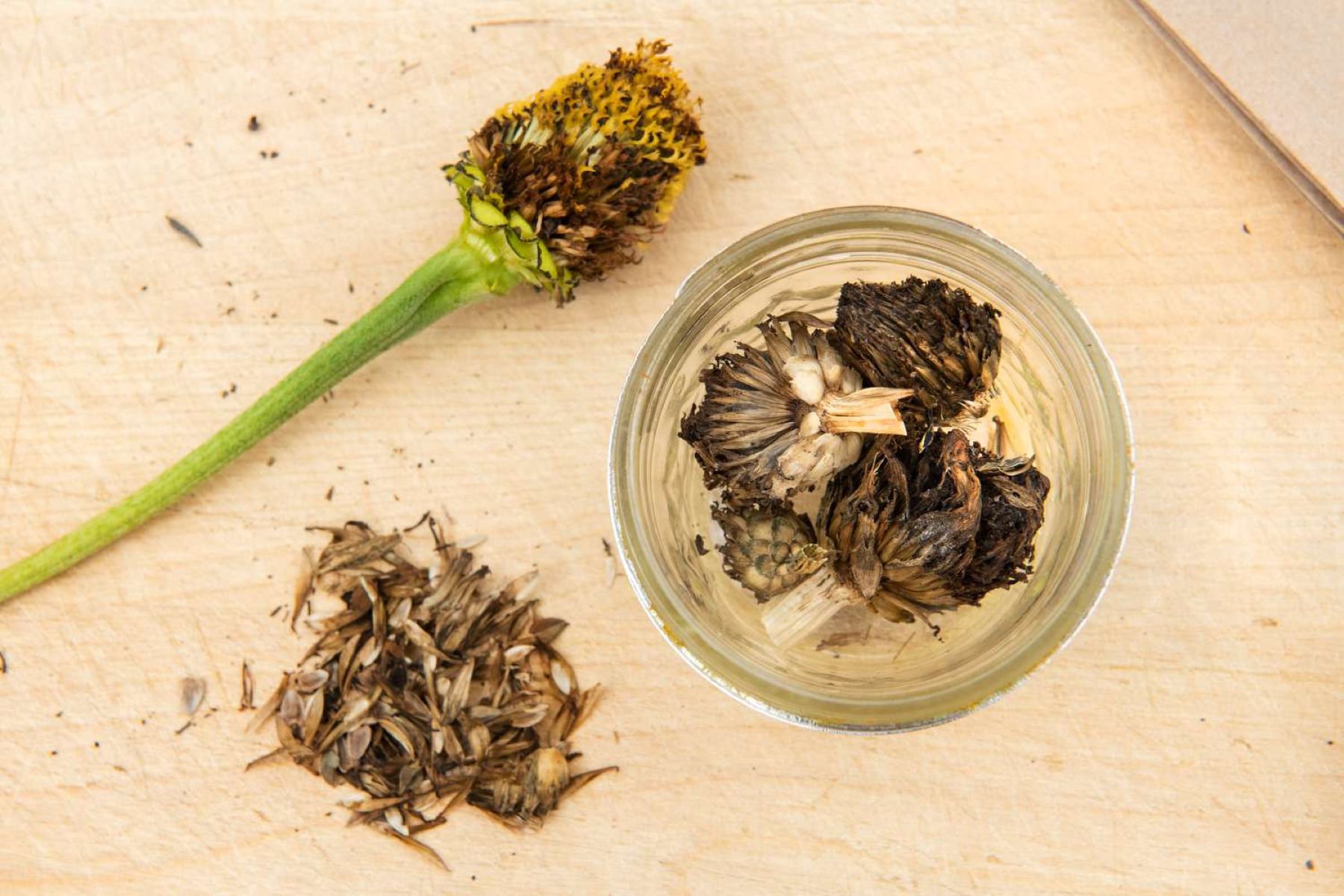

Articles
How To Store Zinnia Seeds
Modified: February 25, 2024
Learn how to store zinnia seeds properly with our informative articles. Preserve the quality and freshness of your seeds for future planting.
(Many of the links in this article redirect to a specific reviewed product. Your purchase of these products through affiliate links helps to generate commission for Storables.com, at no extra cost. Learn more)
Introduction
Zinnias are beautiful flowering plants that add vibrant colors to any garden or landscape. If you’re a gardening enthusiast, you may have grown zinnias and enjoyed their breathtaking blooms throughout the growing season. But did you know that you can also store zinnia seeds to grow new plants in the future?
Storing zinnia seeds allows you to preserve the genetic material of your favorite zinnias, ensuring that you can continue growing these stunning flowers year after year. Whether you want to save zinnia seeds for yourself or share them with fellow gardeners, knowing how to properly collect and store these seeds is essential.
In this article, we’ll guide you through the process of storing zinnia seeds. We’ll cover the best time to collect the seeds, how to prepare them for storage, the ideal storage conditions, and how to test their viability when you’re ready to use them. By following these steps, you’ll be well-equipped to successfully store and use zinnia seeds for future gardens.
Key Takeaways:
- Preserve the beauty of zinnias by storing their seeds after the flowers have dried out. Choose the right time, collect and clean the seeds, and create the ideal storage environment to ensure successful germination in the future.
- Test the viability of stored zinnia seeds using a simple germination test. Plan your garden layout, prepare the soil, and follow proper planting and care techniques to enjoy vibrant zinnia blooms year after year.
Read more: How To Seed Zinnias
Choosing the Right Time
Timing is crucial when it comes to collecting zinnia seeds for storage. To ensure the seeds are fully matured and have the best chance of successful germination in the future, it’s essential to wait until the flower heads have dried out on the plant.
When the zinnia flowers have finished blooming and the petals have fallen off, the seed heads will start to form. These seed heads contain the seeds that you will collect and store. As the seed heads mature, they will start to dry out and turn brown. It’s important to wait until the seed heads are completely dry before harvesting the seeds.
To check if the seeds are ready for harvesting, gently shake the seed head. If you hear a rattling sound, it means the seeds are loose and ready to be collected. If the seed heads are still moist or if the seeds are not yet loose, it’s best to wait a little longer before harvesting.
Keep in mind that zinnias are annual plants, meaning they complete their life cycle within one year. Therefore, it’s important to collect the seeds before the first frost or before the weather becomes too cold. In most cases, this will be in late summer or early fall.
By choosing the right time to collect zinnia seeds, you can ensure that the seeds are fully matured and have the best chance of successful germination when you’re ready to use them in the future.
Collecting Zinnia Seeds
Once the zinnia seed heads are dry and ready for harvesting, it’s time to collect the seeds. Collecting zinnia seeds is a relatively simple process that can be done by hand.
Start by finding a clean and dry container to collect the seeds in, such as a paper bag or an envelope. This will help prevent moisture buildup and protect the seeds during the collection process.
Gently pluck the dried seed heads from the zinnia plant, making sure to handle them carefully to avoid damaging the seeds. Place the seed heads in the container, and if needed, gently crush or rub them between your fingers to release the seeds.
It’s important to note that zinnia seeds are small and can easily escape, so it’s crucial to work over a clean surface or a tray to catch any loose seeds. This will help ensure that you collect as many seeds as possible.
After you have collected the seeds, go through them to remove any debris or plant matter. You can do this by gently sifting the seeds through a fine-mesh sieve or by hand-picking any visible impurities. This step will help ensure that you store clean and viable seeds for future use.
Once the seeds are clean, transfer them to a dry, airtight container. A small glass jar or a ziplock bag works well for storing zinnia seeds. Make sure to label the container with the zinnia variety and the date of collection.
By following these steps, you can easily collect zinnia seeds and ensure that they are clean and ready for storage. This will set the foundation for successfully storing and utilizing the seeds in the future.
Preparing Seeds for Storage
Before storing zinnia seeds for long-term storage, it’s important to ensure that they are properly prepared. This includes drying and curing the seeds to remove any excess moisture and prevent the growth of mold or other pathogens.
Start by spreading the collected zinnia seeds on a clean, dry paper towel or a fine mesh screen. Make sure to spread them out evenly and avoid clumping or overlapping. This will allow for proper airflow and drying.
Place the seeds in a well-ventilated area that has low humidity and a consistent temperature. This can be a room with good air circulation or a dry and shady spot outdoors. Avoid placing the seeds in direct sunlight, as this can cause excessive heat and may damage the seeds.
Allow the zinnia seeds to dry naturally for about 1-2 weeks. During this time, periodically check the seeds for moisture. If you notice any signs of dampness or mold, gently stir or turn the seeds to ensure even drying. If needed, you can extend the drying time to ensure that the seeds are completely dry.
Once the zinnia seeds are thoroughly dried, transfer them to a breathable and moisture-proof container. Small envelopes or paper seed packets make excellent storage containers for zinnia seeds. Make sure to label the containers with the variety and date of collection.
It’s essential to store the zinnia seeds in a cool and dry location. A pantry or a cupboard away from direct sunlight and extreme temperature fluctuations is a suitable choice. Avoid storing the seeds in basements or areas prone to excess moisture, as this can compromise their viability.
By properly preparing the zinnia seeds for storage, you can ensure their long-term viability and increase the chances of successful germination when it’s time to use them in your garden.
Selecting the Storage Container
Choosing the right storage container for your zinnia seeds is crucial to maintaining their viability over time. The container should provide a balance of protection from moisture, light, and temperature fluctuations, while also allowing for airflow.
One popular option for storing zinnia seeds is using small paper envelopes. These envelopes are breathable, lightweight, and provide a sufficient barrier against moisture. They also allow you to label the seeds with important information such as the variety and date of collection.
Another suitable choice is using glass jars with airtight lids. Glass containers offer excellent protection from moisture and light while allowing you to easily see the contents inside. Make sure the jars are clean, dry, and have a secure seal to prevent any moisture from entering.
If you prefer a more budget-friendly option, you can also use small ziplock bags. These bags are easy to seal tightly and can protect the seeds from moisture and light. However, keep in mind that they may not provide as much durability as paper envelopes or glass jars.
Whichever container you choose, make sure it is thoroughly clean and dry before storing the zinnia seeds. Any residue or moisture in the container can lead to mold or damage to the seeds.
Additionally, remember to label the containers with the variety and date of collection. This will help you keep track of the seeds and ensure you use them within their recommended shelf life.
The key is to select a storage container that is breathable, moisture-proof, and protects the zinnia seeds from excessive light exposure. By choosing the right container, you can improve the longevity and viability of your stored zinnia seeds.
After harvesting zinnia seeds, store them in a cool, dry place in a paper envelope or breathable container. Label the container with the seed variety and date of harvest. This will help maintain the seeds’ viability for future planting.
Read more: How Do You Save Zinnia Seeds
Creating the Ideal Storage Environment
Creating the ideal storage environment for your zinnia seeds is essential to ensure their long-term viability. The storage conditions should be carefully controlled to minimize exposure to moisture, light, and temperature fluctuations.
First and foremost, it’s important to store zinnia seeds in a cool and dry location. Ideally, the temperature should be around 40-50 degrees Fahrenheit (4-10 degrees Celsius). Avoid storing the seeds in areas that experience extreme temperature changes, such as near heaters or in direct sunlight.
Humidity is another critical factor to consider. Zinnia seeds should be stored in an environment with low humidity, typically below 50%. Excess moisture can lead to mold growth or seed deterioration. To help maintain proper humidity levels, you can use desiccant packets or moisture-absorbing materials in the storage area.
Light exposure can also affect the longevity of zinnia seeds. It’s best to store them in a dark or opaque container to protect them from prolonged exposure to light. This helps prevent premature aging and maintains seed viability. If using glass jars, store them in a dark cupboard or drawer.
Airflow is crucial for preventing the buildup of moisture and maintaining seed quality. Ensure that the storage area has good ventilation and sufficient air circulation. This will help prevent the seeds from becoming damp or developing mold.
It’s worth noting that zinnia seeds have a typical shelf life of 2-3 years when stored under ideal conditions. Therefore, it’s important to periodically check the storage area for any signs of moisture, mold, or pests. If you notice any issues, take the necessary steps to address them promptly to safeguard the seeds.
By creating the ideal storage environment for your zinnia seeds, you can extend their viability and increase the chances of successful germination when you’re ready to use them. Proper storage conditions play a vital role in maintaining the genetic integrity and health of the seeds for future gardens and enjoyment.
Monitoring the Seeds
Monitoring your stored zinnia seeds is an important step to ensure their viability and quality over time. By regularly checking on the seeds, you can detect any potential issues early on and take appropriate actions to preserve their integrity.
One aspect to monitor is the moisture content of the seeds. Even in well-controlled storage conditions, moisture can sometimes seep into the storage container and compromise the seeds. Periodically open the containers and check for any signs of moisture or condensation. If you notice any, thoroughly dry the seeds before sealing the container again.
In addition to moisture, inspect the stored seeds for any signs of mold or mildew. Mold can quickly spread and destroy the entire batch of seeds. If you notice any mold growth, immediately remove the affected seeds and discard them to prevent further contamination.
Another factor to monitor is the presence of pests. Insects or rodents can infiltrate storage areas and damage the seeds. Regularly inspect the storage containers for any signs of pests such as chew marks, droppings, or live insects. If pests are detected, take necessary measures to eliminate them and safeguard the seeds.
It is also helpful to periodically sift through the stored seeds to ensure they remain loose and free from clumping. Gently shake or stir the seeds to prevent them from sticking together. This will enhance airflow and reduce the risk of moisture buildup or seed damage.
Additionally, it’s a good practice to label your storage containers with the date of storage. This will help you keep track of the seed’s age and rotation. As seeds age, their germination rate may decrease, so it’s important to use older seeds first and replace them with fresh ones when needed.
By regularly monitoring your stored zinnia seeds, you can identify and address any issues that may arise, ensuring the longevity and quality of the seeds. Proper monitoring and maintenance will increase the chances of successful germination and a bountiful harvest in the future.
Testing Seed Viability
Testing the viability of your stored zinnia seeds is an important step before planting them. It helps determine the percentage of seeds that are expected to germinate and grow into healthy plants. By conducting a seed viability test, you can assess the quality of the seeds and make informed decisions about their use.
One common method for testing seed viability is the “germination test.” Here’s how you can perform this simple test:
- Take a sample of seeds from your stored zinnias. Aim for a representative sample, selecting seeds randomly from different batches.
- Prepare a moist paper towel by dampening it with water. Ensure it is not dripping wet but evenly moist.
- Place the sample of seeds onto the moist paper towel, making sure they are evenly spaced and not touching each other.
- Fold the paper towel over the seeds to cover them, creating a moisture-rich environment.
- Transfer the paper towel with the seeds to a sealed plastic bag to maintain humidity.
- Store the bag in a warm location, such as on top of a refrigerator or near a heat source.
- Check the seeds daily and mist the paper towel with water if it starts to dry out.
- After a week or two, carefully inspect the seeds for signs of germination.
Germination can vary depending on the zinnia variety, but in general, most seeds should show signs of germination within 7-14 days. Look for the appearance of small sprouts or radicles, which indicate successful germination.
After the testing period, calculate the germination rate by dividing the number of germinated seeds by the total number of seeds tested, then multiply by 100. For example, if 20 out of 25 seeds have germinated, the germination rate is 80%.
If the germination rate is satisfactory, you can confidently use the stored zinnia seeds for planting. However, if the germination rate is low or the seeds show no signs of germination, it may be best to consider alternative seed sources or obtaining fresh zinnia seeds.
By performing seed viability tests, you can make informed decisions on the use of your stored zinnia seeds, maximizing your chances of successful germination and beautiful blooms in your garden.
Using Stored Zinnia Seeds
Once you have successfully stored and tested the viability of your zinnia seeds, it’s time to put them to use and enjoy the beautiful blooms they can produce. Here are some key points to keep in mind when using your stored zinnia seeds:
1. Planning and preparation: Before planting the zinnia seeds, plan your garden layout and determine where you want to include these colorful flowers. Consider the spacing requirements, sunlight exposure, and soil conditions suitable for zinnias.
2. Seed treatment (optional): Although zinnia seeds generally don’t require any special treatments, you can give them a head start by soaking them in water for a few hours or scarifying them lightly with sandpaper. These treatments can help soften the seed coat and improve germination rates.
3. Planting technique: Zinnia seeds can be directly sown into the garden soil or started indoors in seed trays and transplanted later. Follow the recommended planting depth and spacing guidelines provided on the seed packet or based on your prior experience with zinnias.
4. Soil preparation: Ensure that the soil is well-draining and fertile. Incorporate organic matter, such as compost or well-rotted manure, to improve soil structure and provide necessary nutrients for the zinnia plants.
5. Watering: Zinnias generally prefer regular watering, especially during dry periods. Water the plants deeply, providing enough moisture to reach the root zone without causing waterlogging. Avoid overhead watering, as this can increase the risk of fungal diseases.
6. Fertilization: Zinnias are moderate feeders and can benefit from occasional fertilizer applications. Use a balanced, slow-release fertilizer or apply a liquid fertilizer according to the manufacturer’s instructions.
7. Pest and disease management: Monitor your zinnia plants regularly for any signs of pests such as aphids, caterpillars, or spider mites. Employ suitable organic pest control methods or consult with a local garden center for recommendations. Proper spacing and good airflow can also help reduce the risk of fungal diseases.
8. Deadheading and maintenance: To encourage continuous blooming, regularly remove faded flowers (deadheading) from the zinnia plants. This stimulates the production of new flowers and maintains a tidy appearance. Additionally, remove any weeds that may compete with the zinnias for resources.
9. Enjoying the blooms: With care and proper gardening practices, your zinnia plants will reward you with a profusion of vibrant, colorful blooms. Cut some flowers to enjoy indoors and share them with others to spread the beauty of zinnias.
Remember, zinnias are annual plants, and the new plants grown from the stored seeds will complete their life cycle in one growing season. To continue enjoying zinnias in the following years, collect and store new seeds annually or consider purchasing fresh seeds from reputable suppliers.
By using your stored zinnia seeds effectively, you can create a stunning display of these lovely flowers in your garden and revel in their vibrant colors throughout the growing season.
Frequently Asked Questions about How To Store Zinnia Seeds
Was this page helpful?
At Storables.com, we guarantee accurate and reliable information. Our content, validated by Expert Board Contributors, is crafted following stringent Editorial Policies. We're committed to providing you with well-researched, expert-backed insights for all your informational needs.
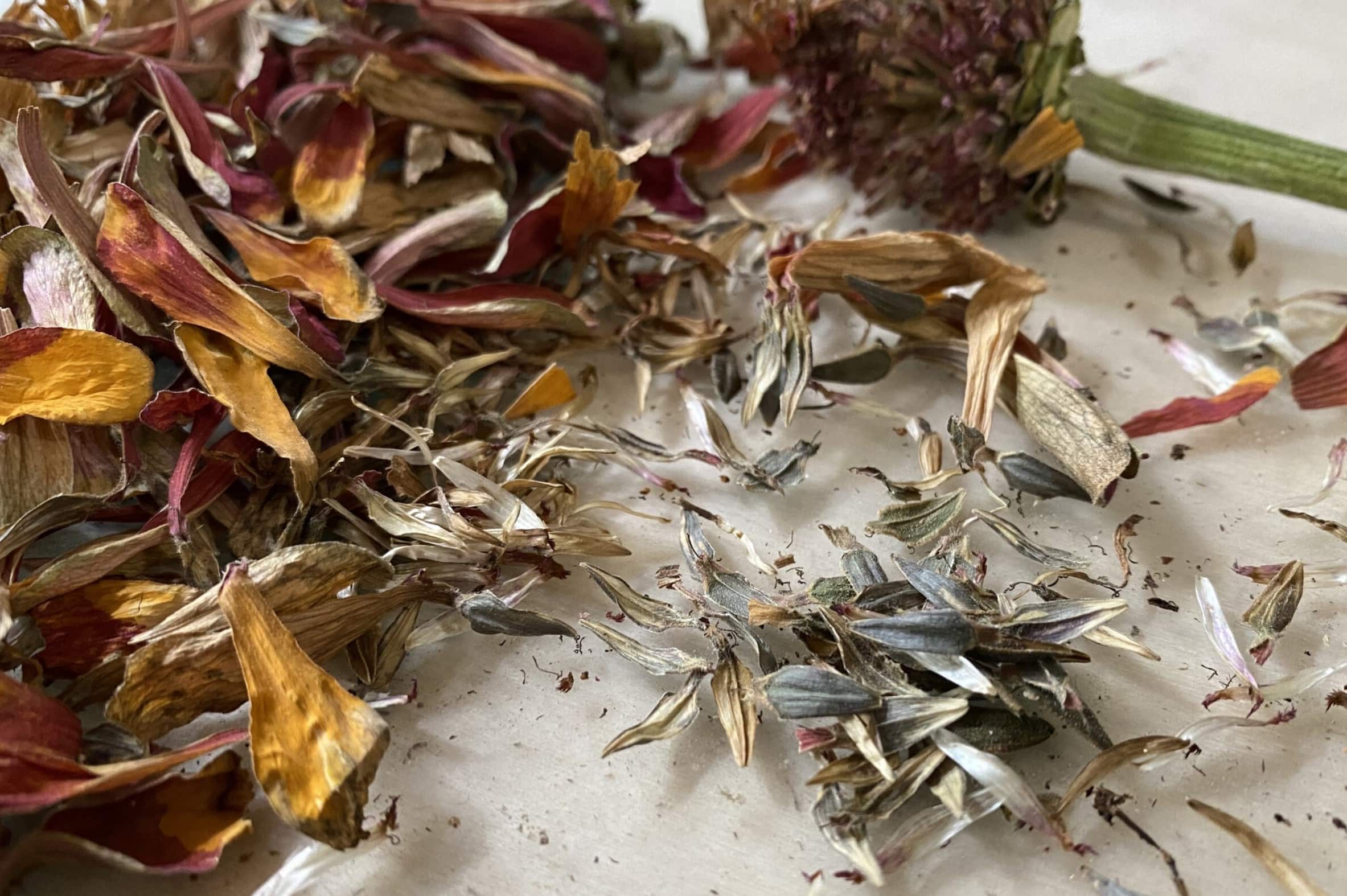
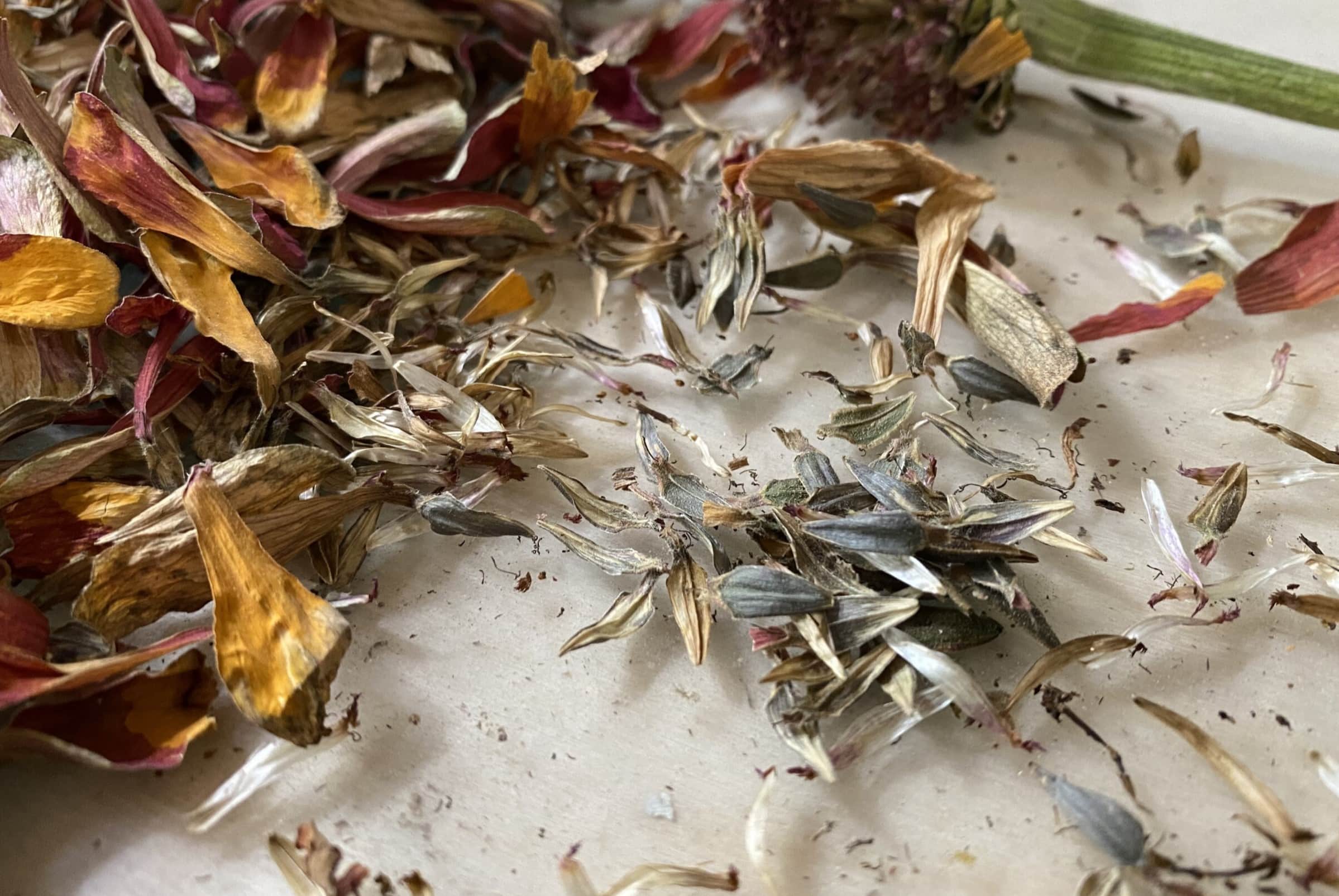
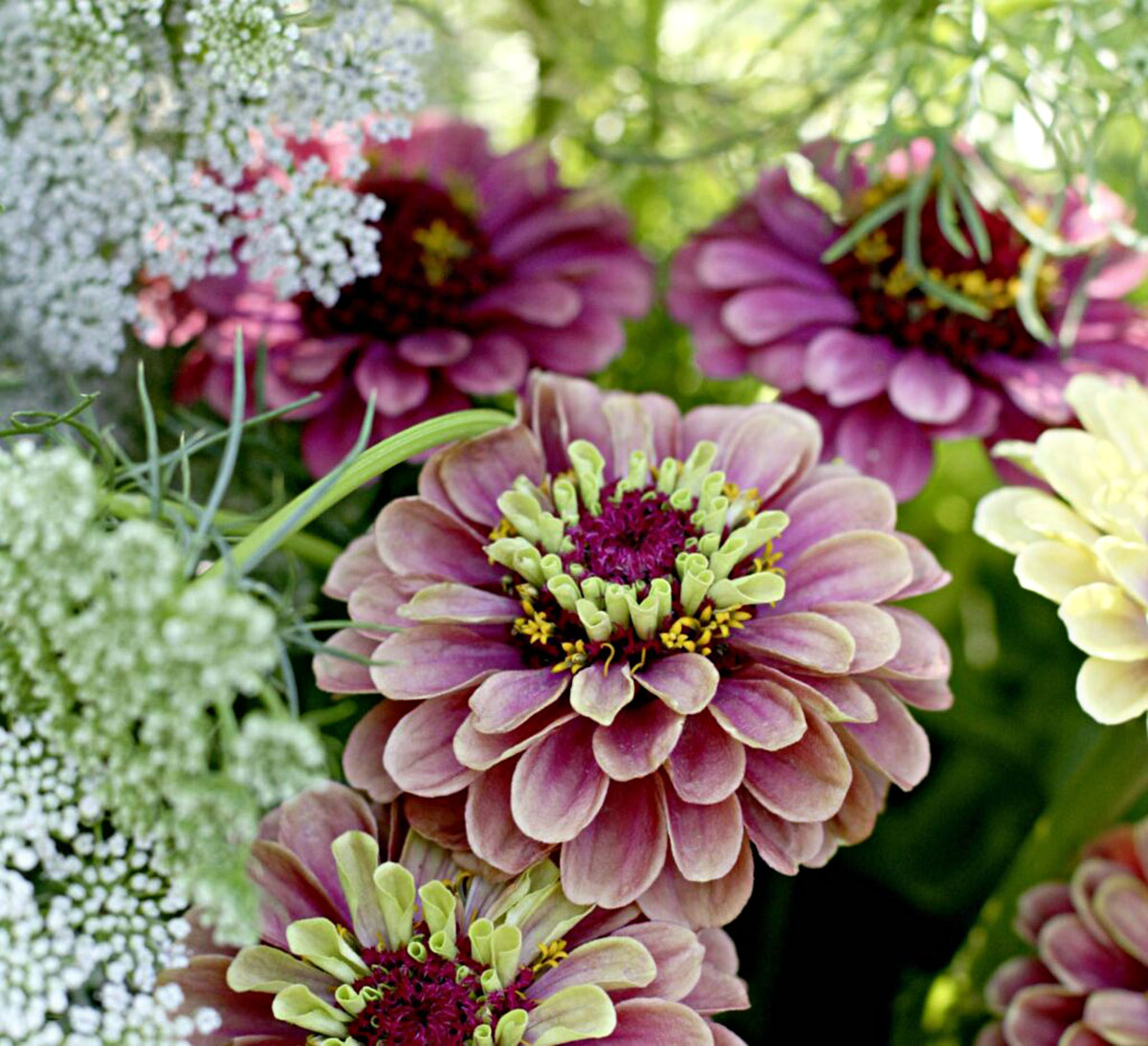
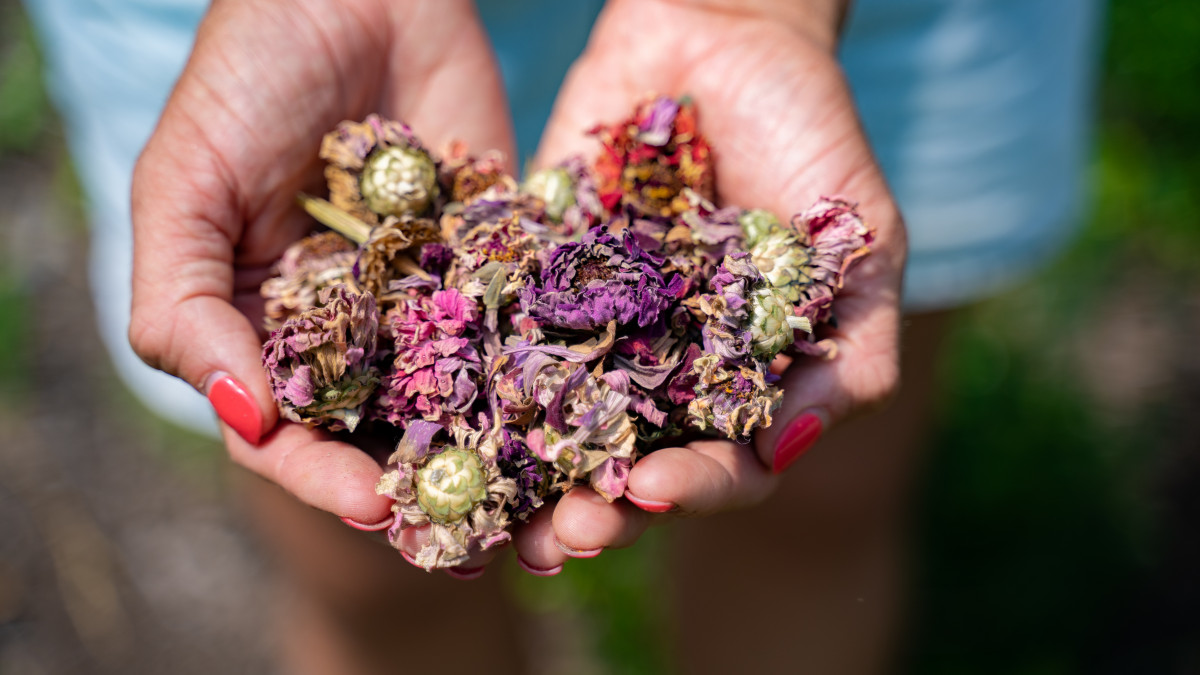

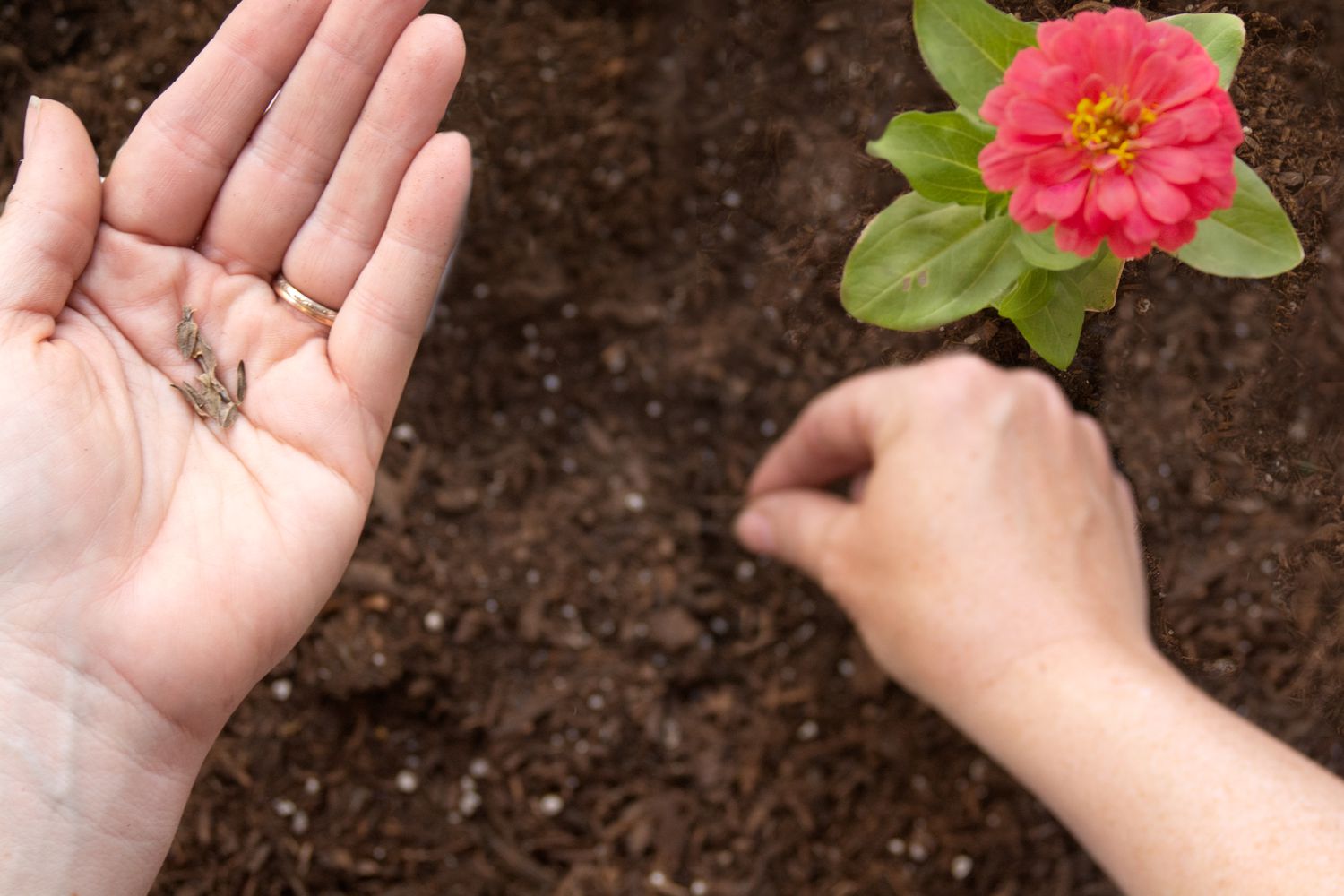
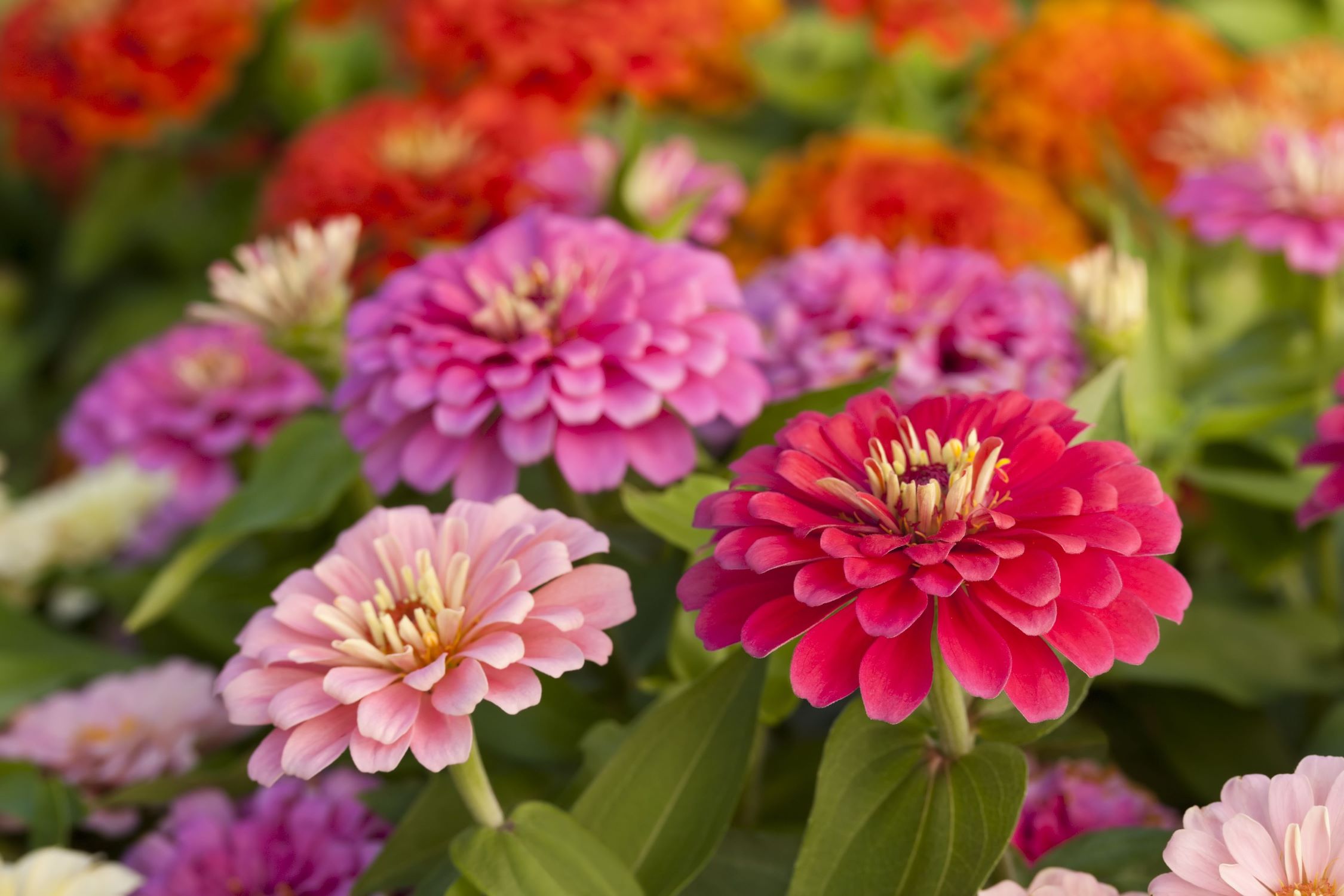
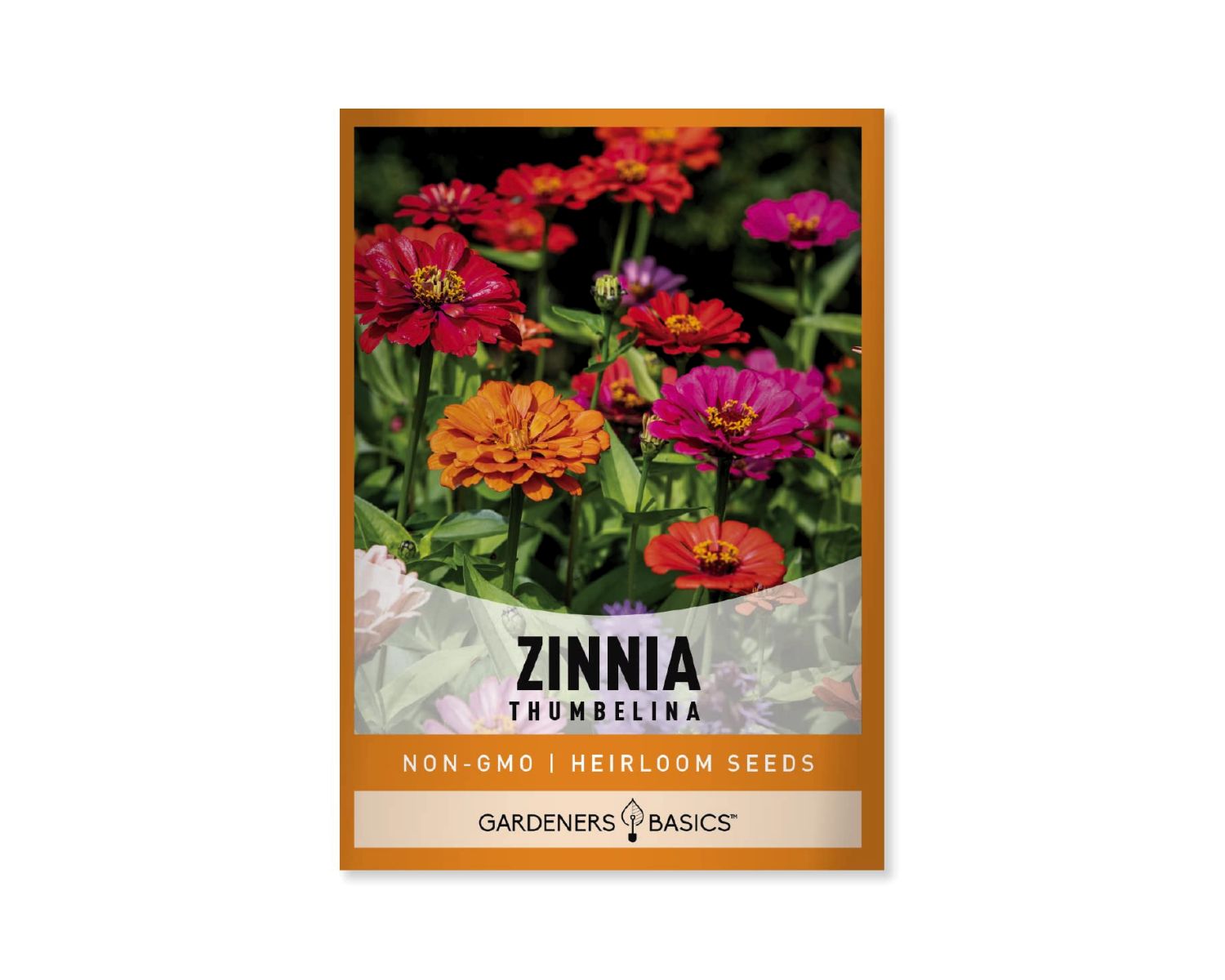
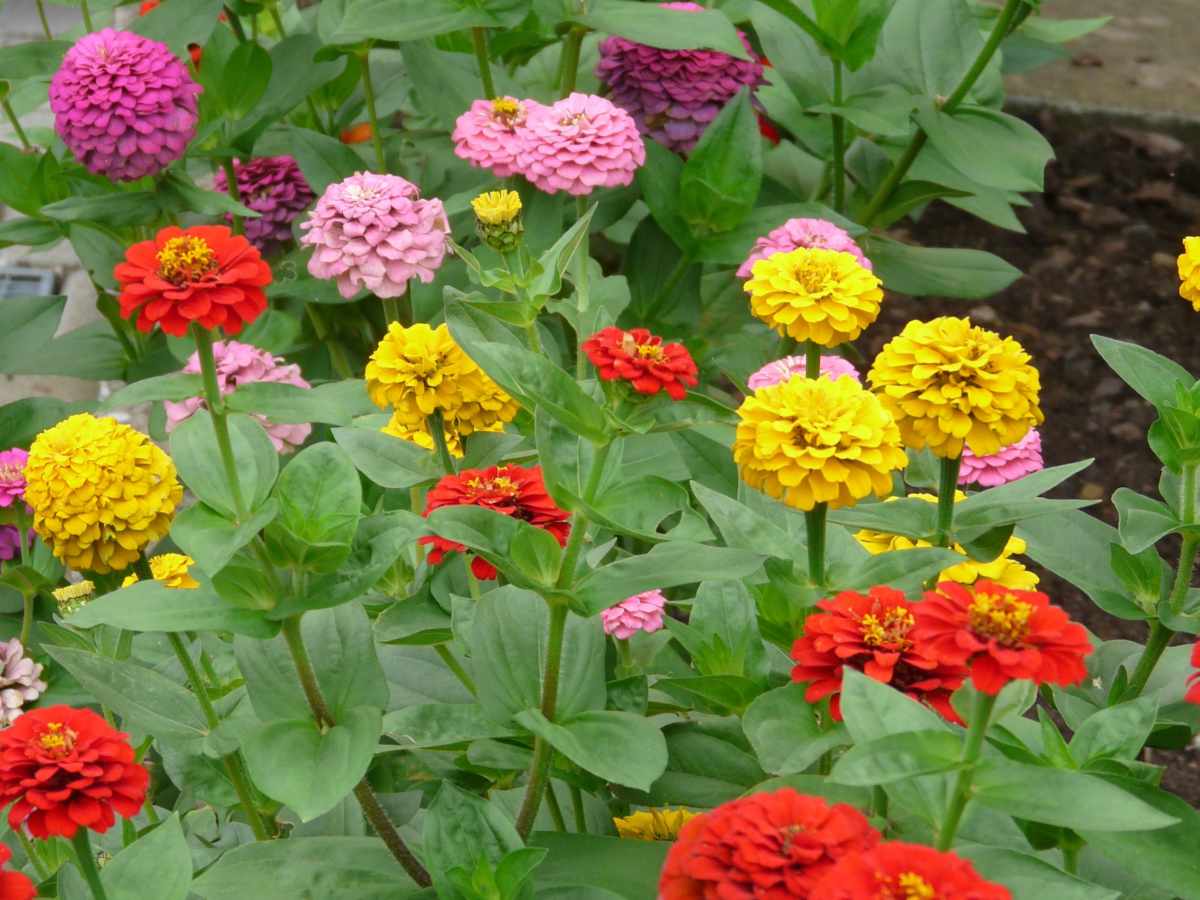
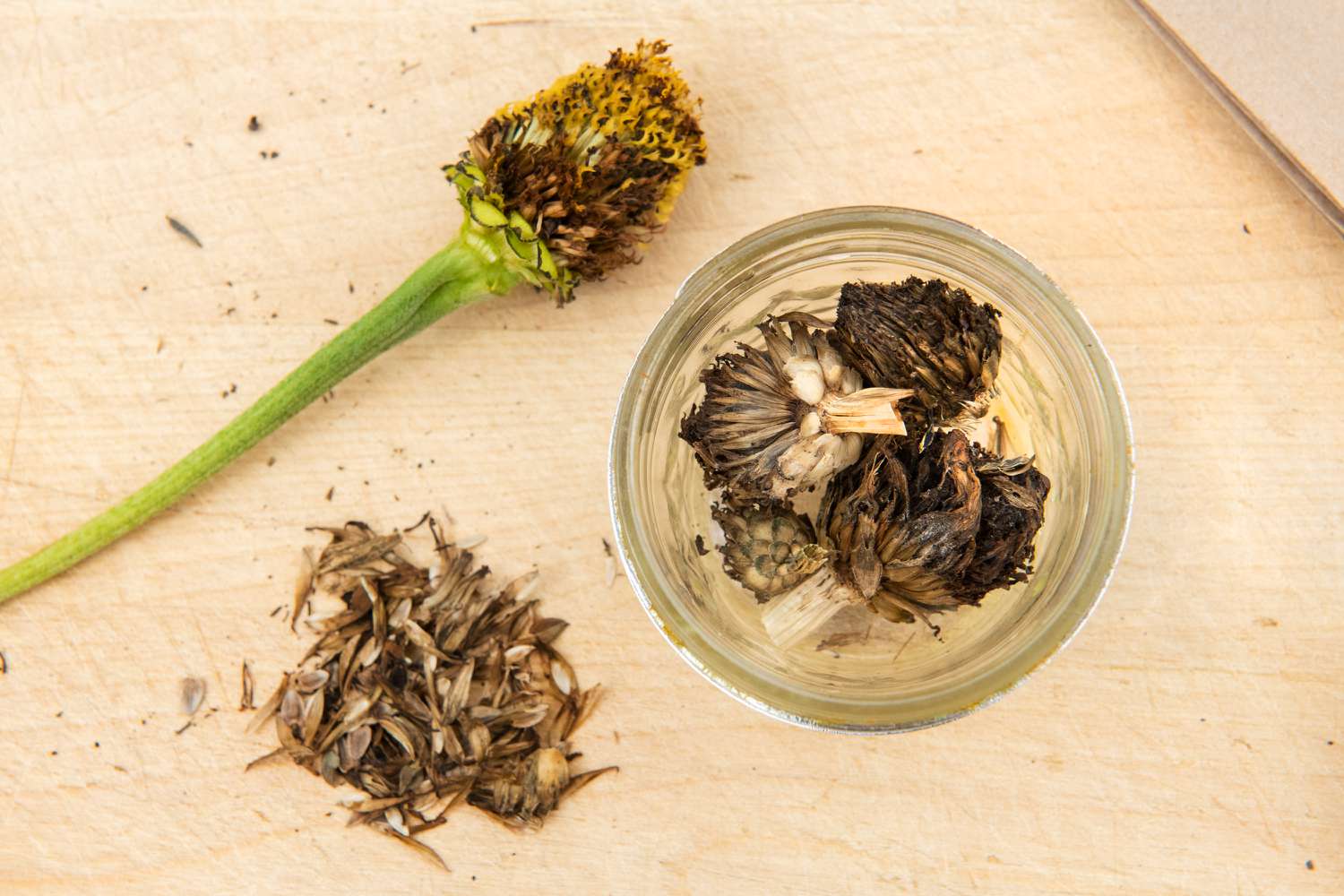
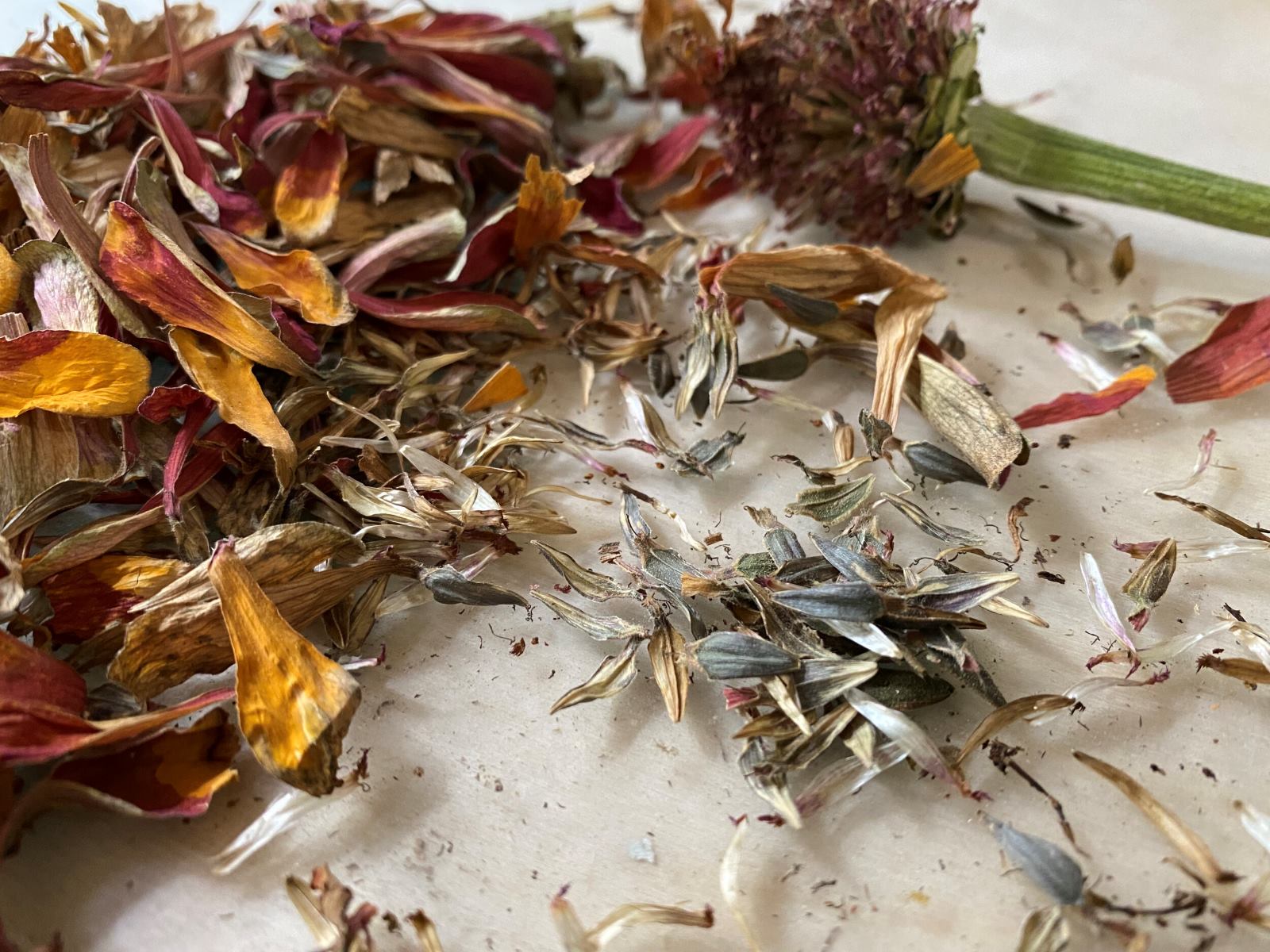
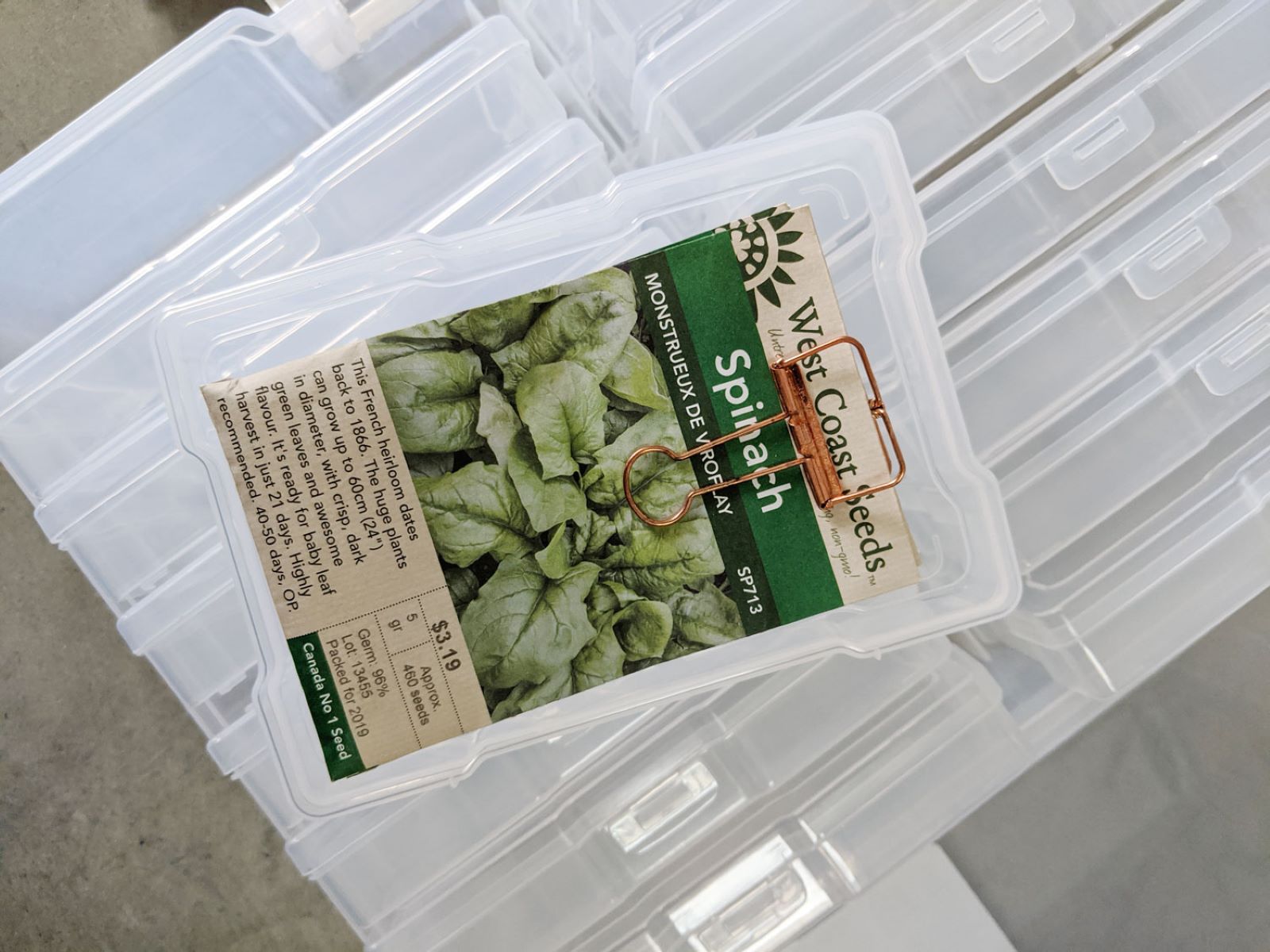
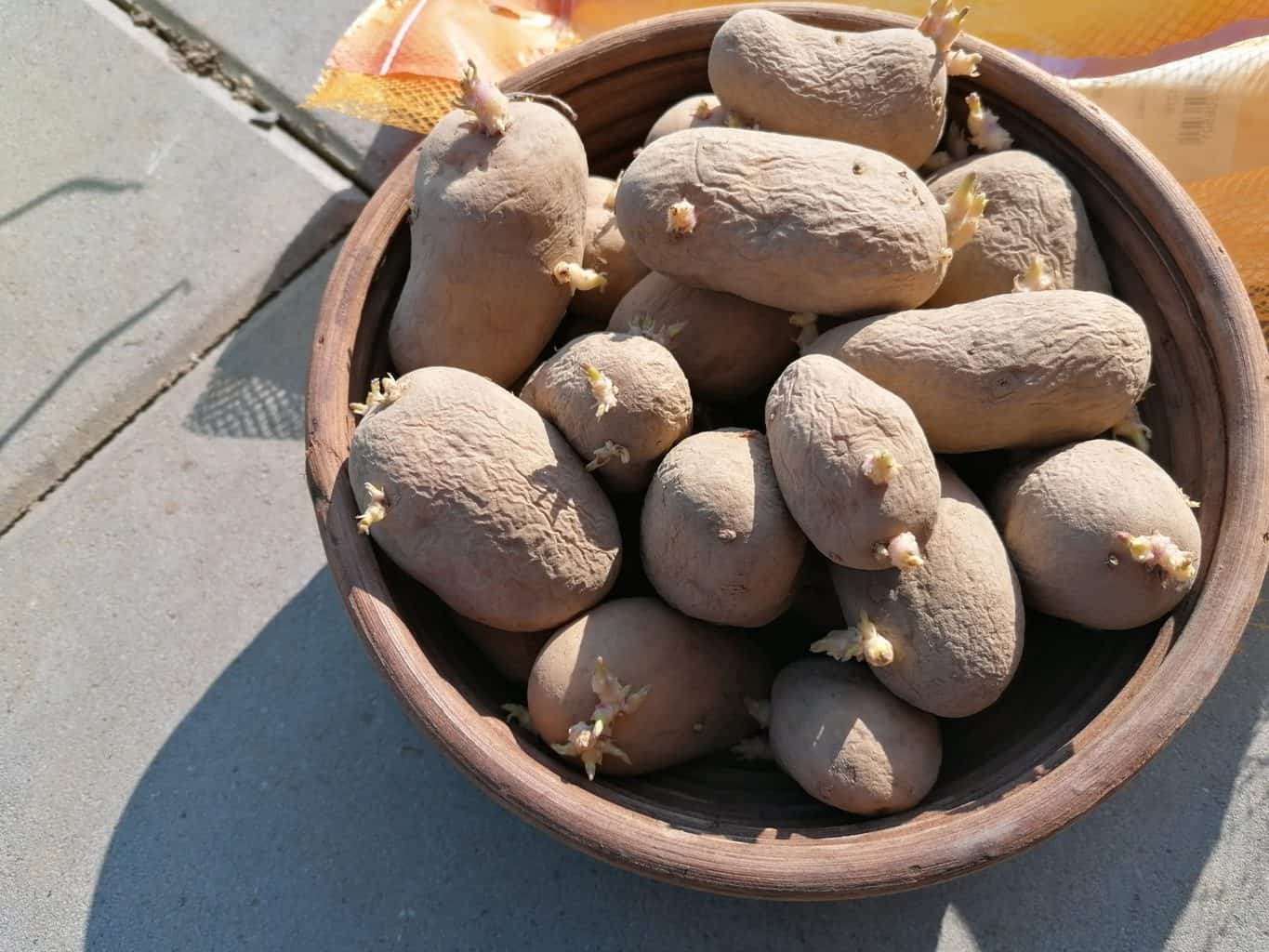
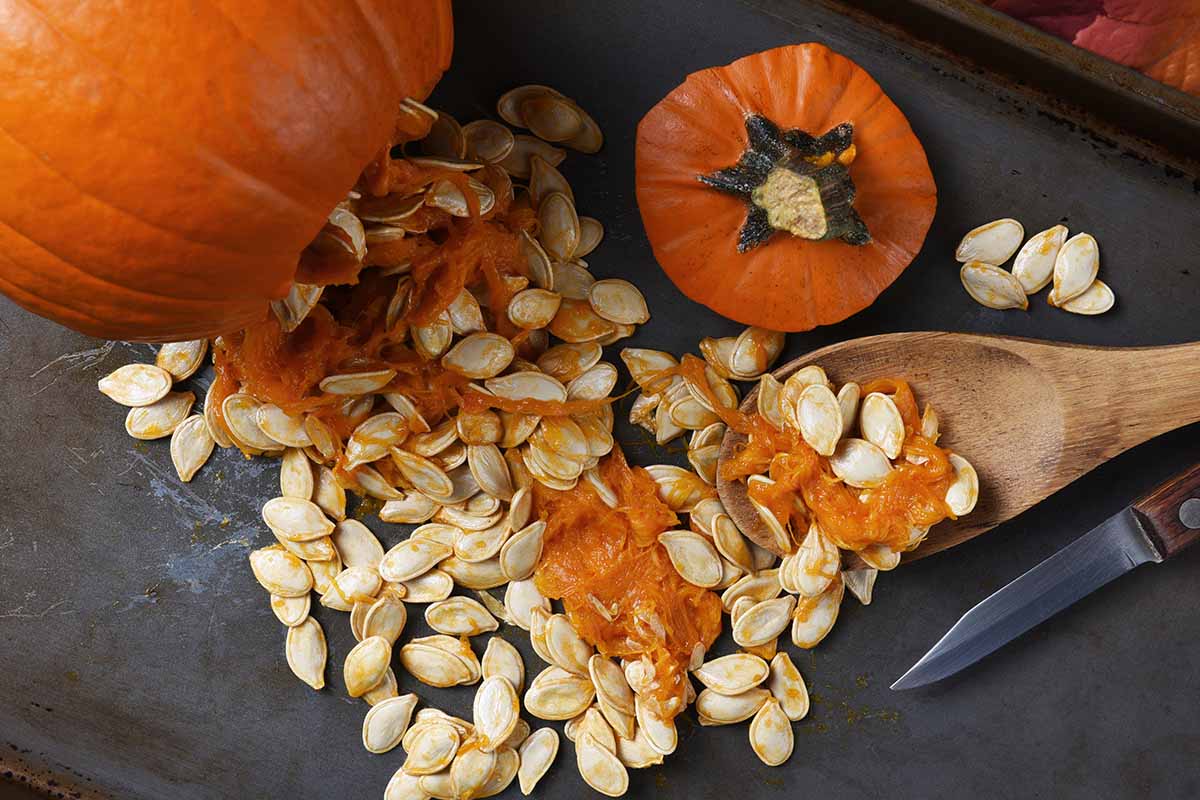

0 thoughts on “How To Store Zinnia Seeds”